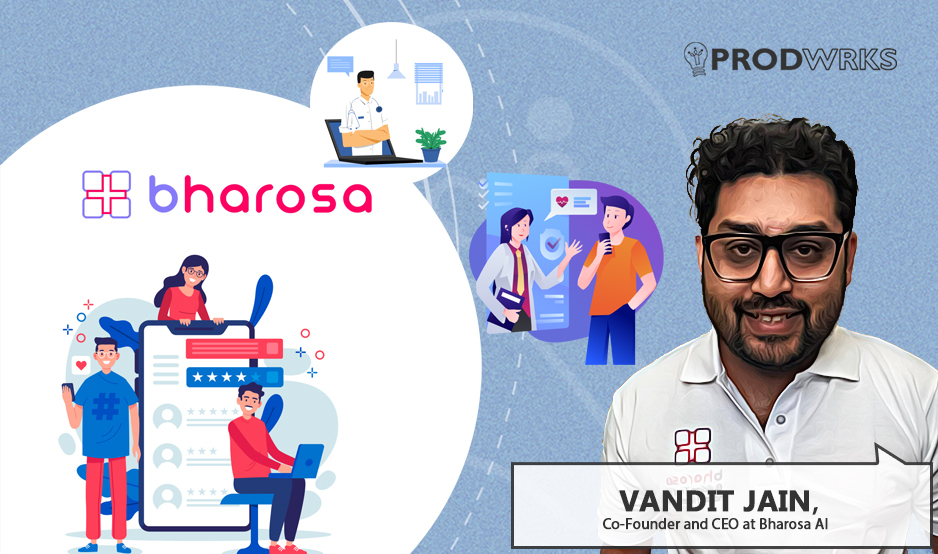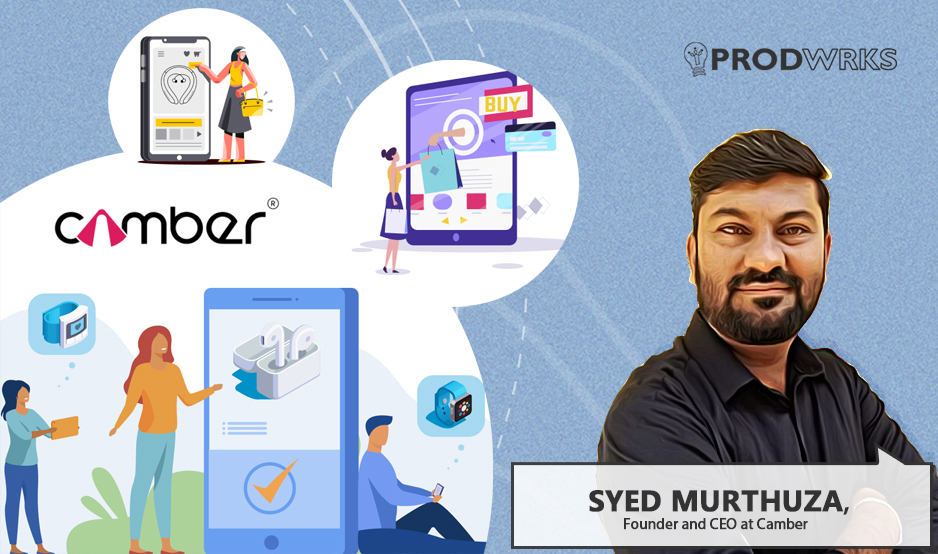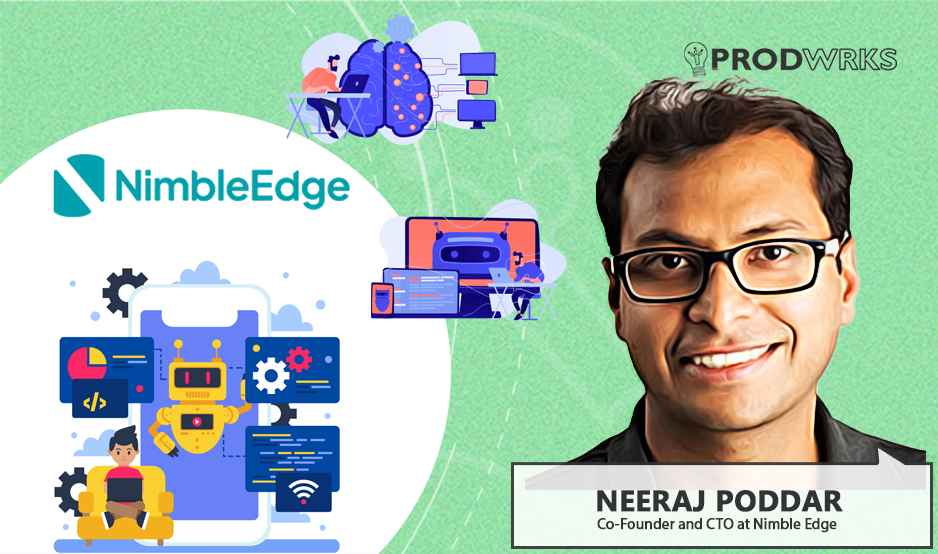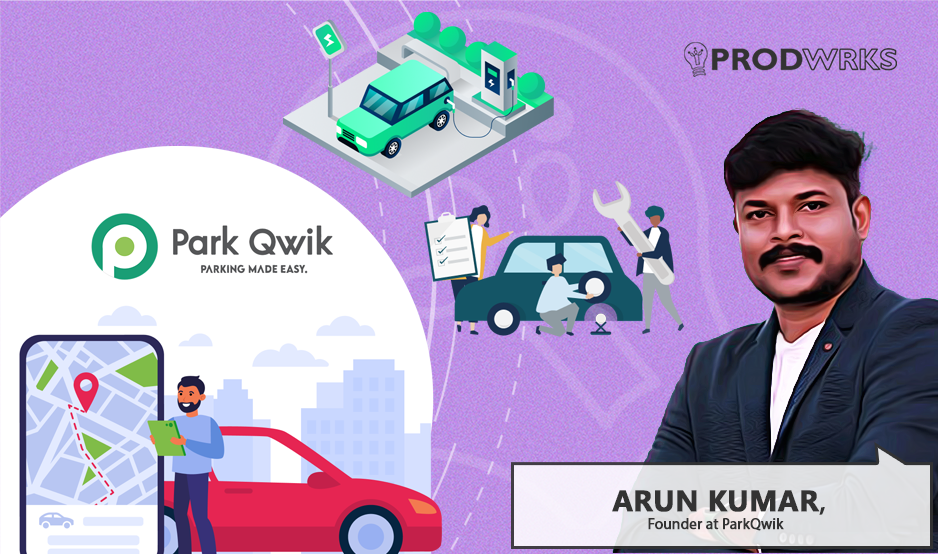
In India’s congested healthcare landscape, where patients often struggle to navigate complex medical systems and access the right care, Bharosa AI, a Gurgaon-based startup, is offering a solution that works with just a simple phone call, and the product emerged from a year-long medical puzzle.
When Vandit’s wife was pregnant, she began experiencing sharp chest pains that lasted for hours. The episodes kept coming back, but every doctor they consulted dismissed them with vague explanations like acidity or infection. No one got to the root of the problem, and she continued to suffer.
After months of uncertainty and countless consultations, nearly a year later, a doctor in Gurgaon identified the real cause within minutes: gallstones that required surgery. While the clarity was relieving for Vandit, it served as a wake-up call; this ordeal could have been avoided with the right guidance from the start, and it exposed a deeper problem within the healthcare system.
Vandit says, “Traditionally, finding a doctor has always meant calling a friend or family member and asking if someone is good. We realized that this system of discovery is broken, and that’s what we had initially set out to fix.”
Founded in 2023 by Vandit Jain, Dr. Amit Gupta, and Nidhi Bharani, the company has developed Mira, a real-time voice AI deployed over phone calls for healthcare assistance, designed to bridge the gap between patients and proper medical guidance. Currently handling 200-300 calls monthly, Mira operates Multilingually and provides immediate healthcare guidance to users who might otherwise struggle to navigate India’s complex medical ecosystem.
Building a Voice-Based Solution for Immediate Healthcare Clarity
Vandit says, “We’re used to thinking that someone faces a problem, has an epiphany, and says this is the solution. But 70 to 80 percent of startups pivot within the first six months. Any product you see today is rarely the first version. It was the same for us. The AI health assistant was a work in progress, but the problem we were solving was critical, and that’s where our focus stayed.”
One of Bharosa’s early insights was that patients often had little understanding of what was happening to them. With the rise of AI, the potential to reshape medical interactions felt enormous. Patients could describe their symptoms in plain language, ask “what is happening to me” or “what should I do,” and receive basic guidance.
The bot could even connect with Google to suggest relevant doctors nearby. That experiment has now evolved into Mira, a voice-based AI assistant.
Vandit sheds light on how, after nearly a year of experimentation, they realized that the majority of people navigating healthcare problems in India still rely on phone calls to explain their symptoms.
While the penetration of smartphones in indian households was high and even among those who have them, typing isn’t a natural way to communicate in tier 2 or tier 3 cities. That’s why Mira’s first form wasn’t built as a chatbot but as a phone call.
“That's when we realised that if we wanted to have Mira, we needed to have her over a phone call. Chat could come later, but voice had to come first.”
Vandit says, “Mira could speak in Hindi, Gujarati, Marathi, Telugu, even Spanish, and respond within seconds to a patient’s call. Instead of scrolling through endless reviews or waiting for referrals, people could just talk to Mira directly and get guided.”
Bridging the Healthcare Gap for Overlooked Users
Vandit adds, “Women form a significant segment, often seeking guidance for personal or family health concerns they may not feel comfortable discussing elsewhere. Across semi-urban and smaller cities, many people have access to Google or AI tools but lack the skills to use them effectively. This is where Bharosa AI fits in.”
“For these people, navigating healthcare feels like facing a mammoth. Hospitals are complex. There are different types of doctors, insurance forms, OPDs, ICUs, X-rays, CT scans, MRIs, blood tests, and most patients don’t even know how to read their blood reports.”
“The system does not require an app or technical knowledge. We plan to add a dedicated helpline so users can access assistance by phone without visiting the website. We aim to make it simple for anyone to get guidance; just a phone call is enough,” Vandit explains.
At its current stage, Mira handles around 200 to 300 calls each month, highlighting the consistent demand for direct, accessible guidance in navigating the healthcare system
The team is still exploring ways to monetize Mira. One approach under consideration is a subscription model for users. Another potential avenue is partnering with organizations that could benefit from connections to Mira’s user base, such as insurance providers or health product companies.
Vandit adds, “ We are also exploring enterprise applications. Mira could be customized for hospitals to handle patient follow-ups, reception calls, or post-treatment check-ins, offering a B2B use case alongside the consumer-facing product.”
Adapting to Users and Safety
One of the major challenges for Mira was India’s multilingual environment. Vandit shed light on how Indian users often switch languages mid-conversation, so the system needed to understand and respond seamlessly in multiple languages.
The team focused on building a setup where Mira could detect the user’s preferred language in real time and continue the conversation without breaking flow, all while handling speech-to-text and text-to-speech processing over a live call.
Alongside this, safety and reliability were a priority. Vandit emphasizes how Mira’s role was never intended to replace doctors, so the team built guardrails to define what it could and could not do. These rules ensure that guidance stays within safe boundaries, particularly for urgent or sensitive health situations, while still providing useful support for everyday queries.
Vandit says, “From day one, Mira was never meant to act as a doctor. At best, it’s a health assistant, a replacement for Google. The challenge was figuring out how to respond safely if someone says, ‘I’m having a heart attack,’ and what guidance Mira should provide in such situations.”
Tracking Innovation and Global Inspiration
For Vandit, the real opportunity lies in understanding where healthcare AI is headed, and the US, he says, is the place to watch. While India has seen some early experiments, most use cases are limited and familiar.
In contrast, the US is producing innovation across the board, from improving post-care follow-ups to automating medical scribing, streamlining EMRs, and making healthcare knowledge more accessible.
“The US will show the world how to drive healthcare innovation in AI,” he explains. “If you want to see what’s possible, look there. The adoption rate is high, the use cases are novel, and the scale is immense.”



